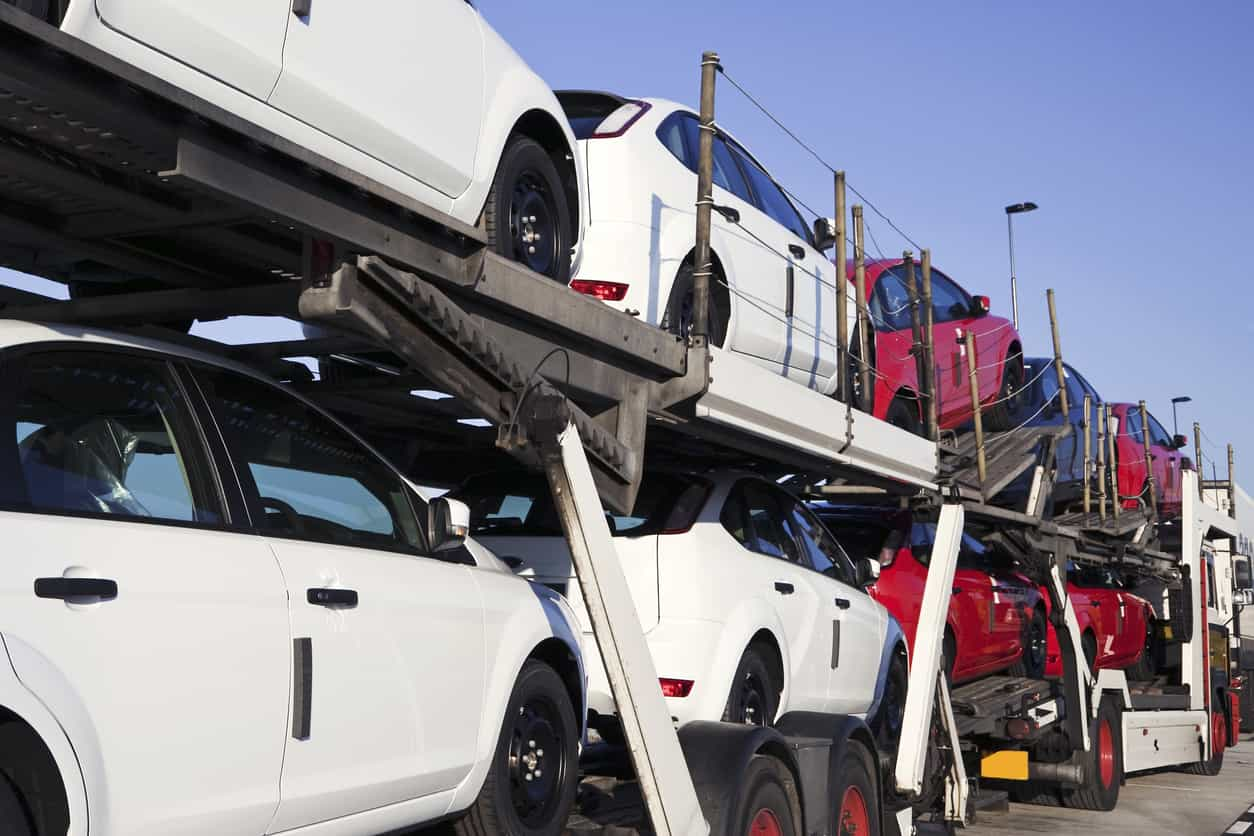Assessing Your Car Prior to Transport
Before you prepare for transport, you need to perform a thorough assessment of your car. Primarily, look for any pre-existing damages such as scratches, dents, or any mechanical issues. Documenting these potential issues in advance safeguards your interests should there be any disputes post-transport.
Subheader: Create a Detailed Report
Creating a detailed report of your car’s current condition ensures a fair process. This report, coupled with clear photographs of your vehicle, creates a transparent record of the car’s pre-transport condition.
Choosing the Right Transport Company
The choice of transport company plays a pivotal role in ensuring the safety of your car during transport. Reliable transport companies come with experienced professionals who understand the nuances of car shipping, mitigating potential risks.
Subheader: Check Reviews and Ratings
Ensure you explore the reviews and ratings of prospective transport companies. This crucial step helps to gauge the experience of past customers, thus providing you with valuable insight.
Preparing Your Car for Transport
Preparing your car correctly reduces the likelihood of issues during transport. Key actions include reducing the gas tank to a quarter full, removing personal belongings, and disabling the alarm.
Subheader: Proper Maintenance Check
Carrying out a proper maintenance check is an essential part of car preparation. This involves ensuring your car battery is fully charged and checking that your tires are properly inflated, which can help avoid any issues during loading and unloading.
Insurance Coverage
Ensuring adequate insurance coverage gives you peace of mind during the transportation process. As such, it’s essential to verify the extent of your transport company’s insurance policy and consider supplemental insurance if necessary.
Subheader: Review the Insurance Policy
Reviewing the company’s insurance policy thoroughly is imperative. It helps you understand what kind of damages are covered and if any specific conditions might void the insurance.
On-Time Pickup and Delivery
Being proactive about coordinating the pickup and delivery times with your transport company can make the process much smoother. More importantly, it reduces the amount of time your car spends in transit, which inherently decreases potential risks.
Subheader: Keeping Communication Channels Open
Maintain open communication channels with your transport company. Regular updates on your car’s whereabouts can ease worries and allow you to plan the delivery process more efficiently.
Documenting the Post-Transport Condition of Your Car
Once your car arrives, it’s vital to document its post-transport condition. A thorough check for any possible damage incurred during transport is crucial.
Subheader: Compare Pre and Post-Transport Conditions
Comparing the pre and post-transport conditions of your car will help you identify any new damage. If you find any discrepancies, you can use your detailed pre-transport report as a reference for claims.
Conclusion
Transporting a car can be a daunting process. By choosing a reputable transport company, adequately preparing your car, ensuring proper insurance coverage, coordinating efficient pickup and delivery, and documenting your car’s condition both pre and post-transport, you can ensure the utmost safety of your vehicle. These vital tips can guide you to protect your car during transport, making the process as smooth as possible.
FAQ
- What should I do if I find new damage post-transport?
If you discover new damage after transport, you should report it immediately to the transport company and your insurance provider. Use your pre-transport documentation as a reference during claims. - Should I empty my gas tank before transport?
You don’t need to empty your tank completely, but it should be reduced to about a quarter full. This decreases the weight of the vehicle and reduces potential safety risks during transport.





